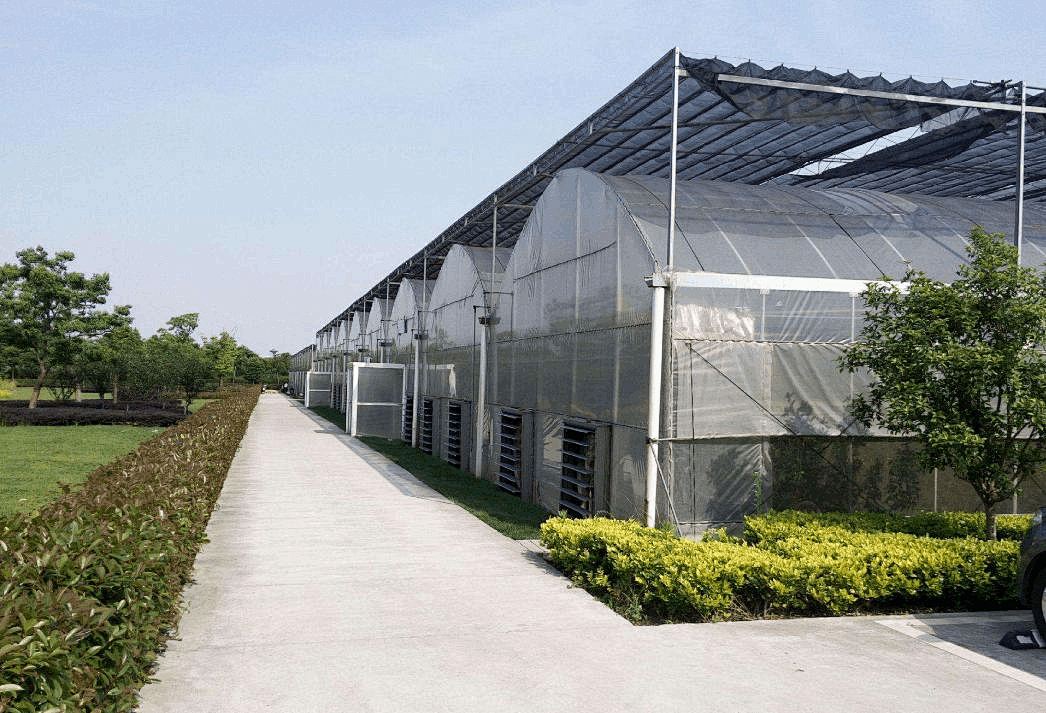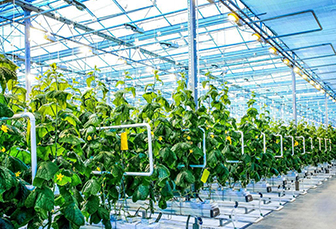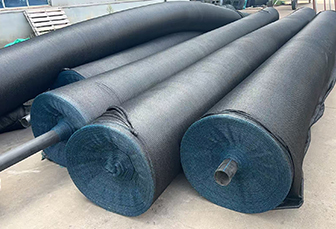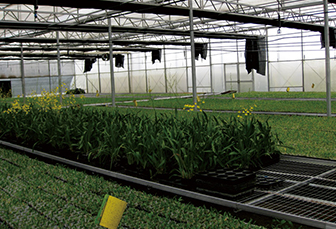Global Trends in Shading Technology
With rising global temperatures, energy-efficient building solutions have become imperative. The shading industry has evolved from manual to motorized systems, from basic to smart technologies, and from indoor to outdoor applications. External shading, in particular, aligns with modern green building principles and has gained widespread adoption. Since 2008, several Chinese provinces have mandated external shading for buildings, underscoring its importance in sustainable design.
Why External Shading Outperforms Internal Shading
While internal shades reflect some sunlight, absorbed and transmitted heat still become indoor cooling loads, merely delaying peak thermal gain. In contrast, external shading blocks up to 60–80% more heat, reducing indoor temperatures by 7–8°C. Key reasons:
Heat interception: Only transmitted sunlight reaches the window glass.
Material science: External shades use light-permeable or opaque materials (e.g., aluminum, fabric) to optimize thermal reflection.
Design Principles for External Shading
By Orientation:
South-facing windows: Permanent fixed shades (e.g., horizontal louvers).
East/West-facing windows: Adjustable shades (e.g., retractable awnings).
Architectural Integration:
Extended eaves, balconies, or green shading (e.g., climbing plants for low-rise buildings).
Functional Benefits of External Shading Systems
1. Thermal Insulation
Reduces cooling/heating energy use by ≥40%.
Windows are thermal weak points (U-value: ~3 W/m²K vs. walls: 0.5 W/m²K).
Critical for efficacy:
Airtight closure of shade panels.
Insulated air gap between shade and window.
2. Noise Reduction
18 dB noise reduction (standalone); 37 dB with double-glazed windows.
Key factors:
Sealed guides and rails.
Anti-vibration mounts to prevent "sound bridges."
3. Solar Control
Reflects >90% of UV/IR radiation.
Adjustable light penetration (e.g., perforated screens).
4. Weather Resistance
Windproof (up to 120 km/h), snow/rain/sand protection.
5. Security
Deters break-ins (e.g., double-layer aluminum/PU-filled slats).
Enhanced security features:
Reinforced rails.
Locking mechanisms.
Recessed installation.
6. Privacy & Insect Protection
Replaces curtains for visual privacy.
Blocks mosquitoes when fully closed.
Types of External Shading Systems
Retractable awnings
Folding canopy systems
Track-mounted louvers
Swing-arm shutters
Data Insight:
External shading can cut AC energy use by 25–30% (ASHRAE 2023), making it a cornerstone of net-zero buildings.





